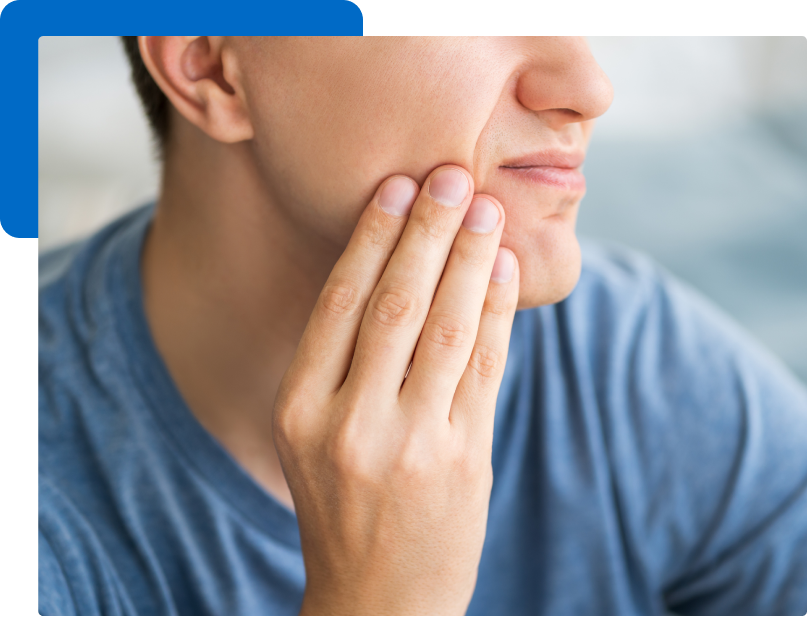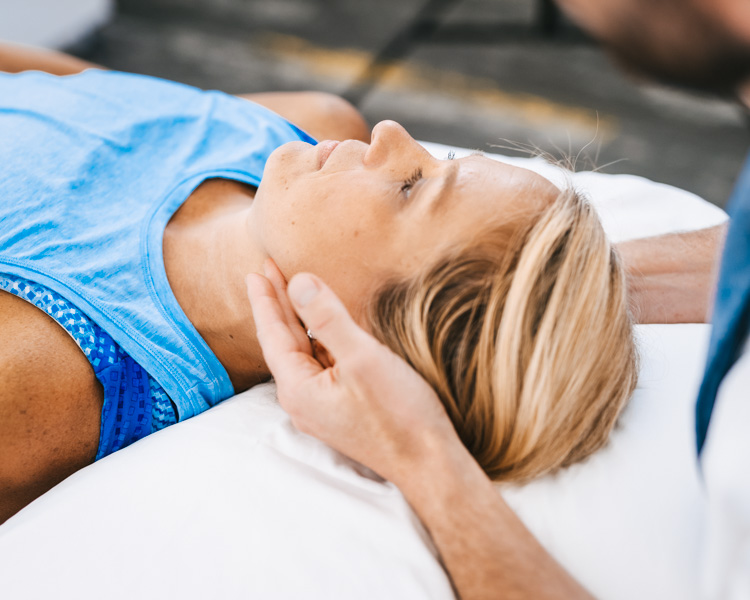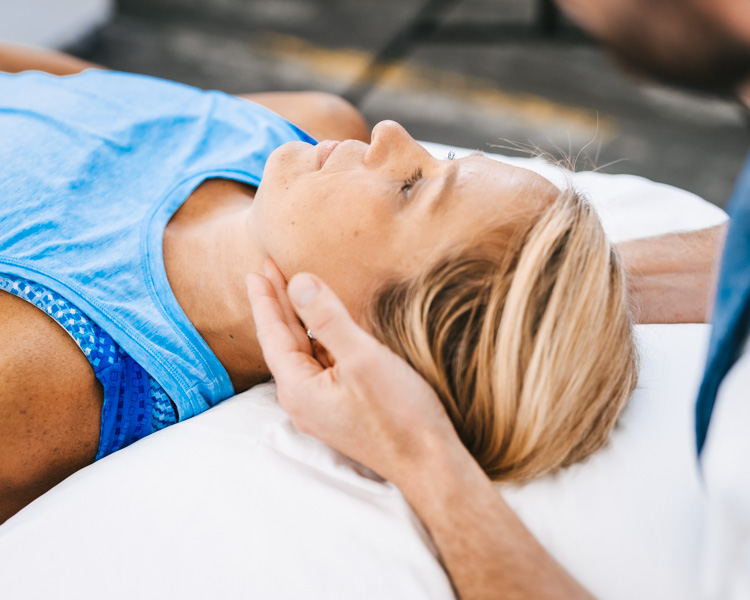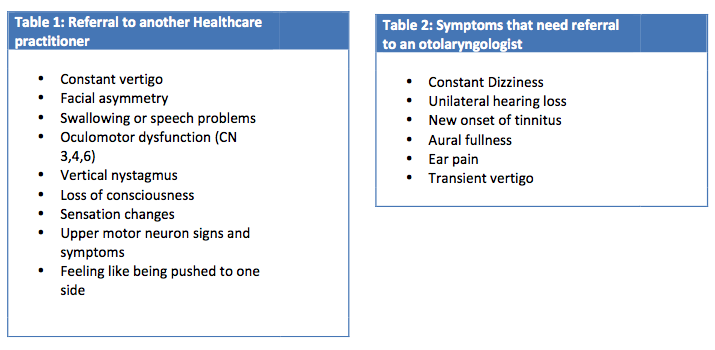Headaches are a common cause of pain and suffering that can impact daily tasks. The symptoms can vary from pulsating pain to constant tension and throbbing. Visual changes and dizziness can be debilitating and prevent you from doing much of anything. The root of cranial and facial pain can be caused by a variety of issues such as migraines or TMJ.
Common Symptoms of Cranial & Facial Pain
Cranial and facial pain can result from many factors including headaches, sustained postures, muscle or movement pattern dysfunction, neck pain, and dental procedures. Regardless of your condition, physical therapy can help you overcome pain.



